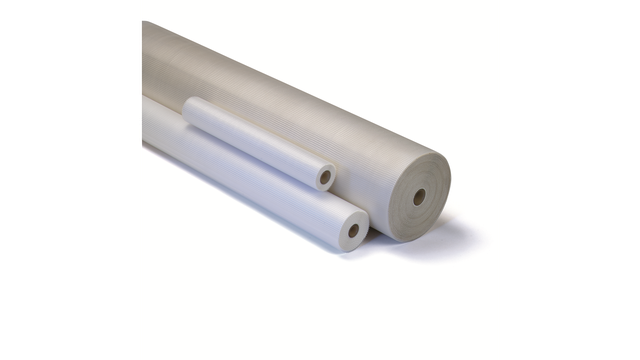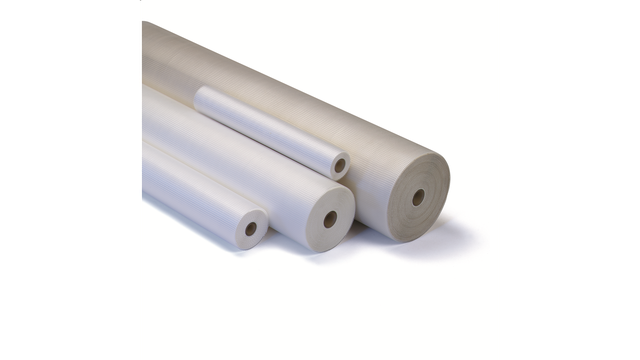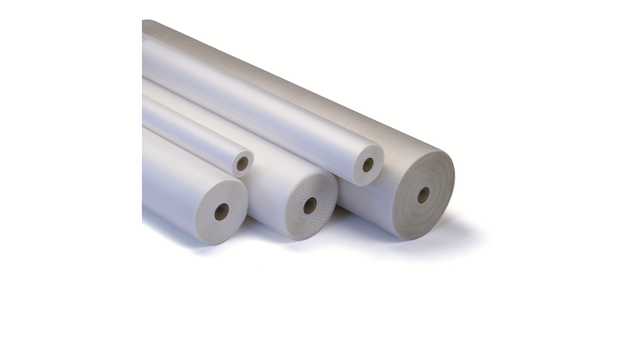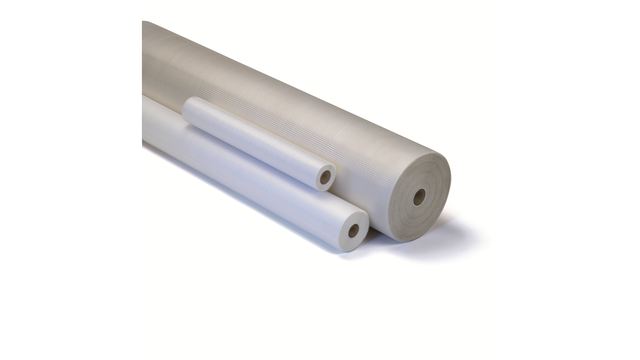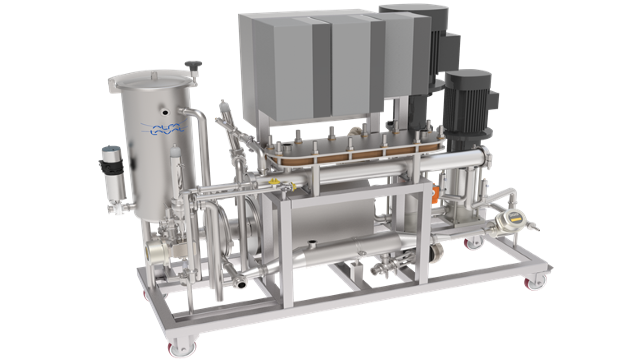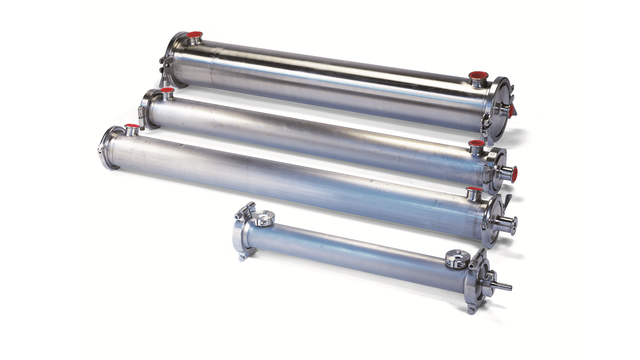NF spiral
Alfa Laval nanofiltration spiral membranes (NF) are proven solutions for the high-yield concentration and demineralization of products such as antibiotics, whey and ultrafiltration permeate. They retain salts with a divalence in excess of 1 while small monovalent salts pass into the permeate. They can also be used for producing low-alcohol beverages with the alcohol component passing through the NF membrane, while the colour and aroma remain in the retentate.
Reduce overall production costs and boost product quality
- Cost effective operation thanks to low energy consumption
- Flexible – available in different combinations of length, diameter and spacer size
- Efficient - allows the simultaneous desalting and concentration of a range of products in various processes
- Minimal floor space required – compact design
- Extremely durable – excellent chemical and thermal stability and service life up to several years
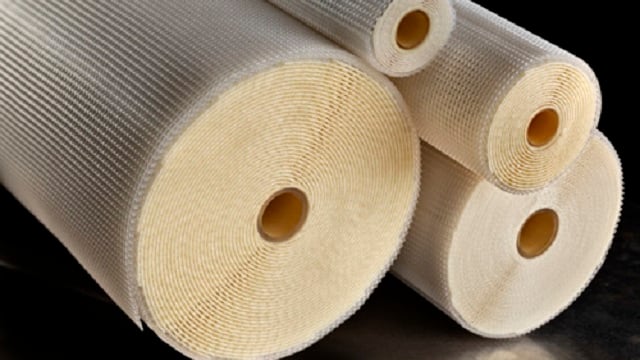
A range of nanofiltration membranes
Our nanofiltration membranes feature pores down to 300 Daltons. Operating at pressures of up to 55 bar, the membranes allow small ions to pass through the membrane, while retaining larger ions and most organic components.
NF Membrane Series
Alfa Laval offers two types of spiral membranes for nanofiltration: NF and NF99HF. Both types are made of thin film composite membrane cast on polyester support. The rejection capacity for both is ≥99% (based upon magnesium sulfate).
All types are USDA approved and we can offer products with Halal certificates upon request.
Our nanofiltration spiral membrane materials are compliant with all major regulations
All membrane materials used for both flat sheet and spiral wound configurations comply with EU Regulation (EC) 1935/2004, EU Regulation 10/2011, EU Regulation (EC) 2023/2006 and FDA regulations (CFR) Title 21, and are suitable for use in food and pharmaceutical processing applications. Compliance also extends to the related equipment and fittings, including items such as plate-and-frame units, element housings and pumps.
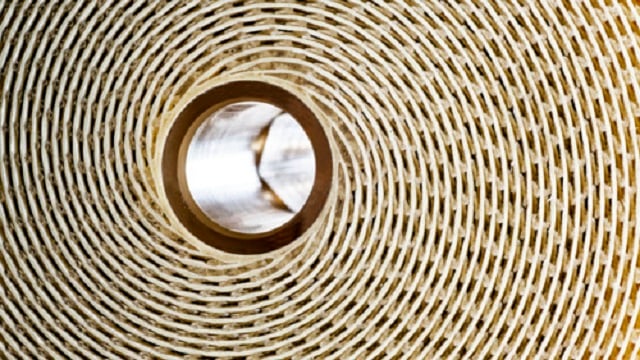
Як це працює
The basic technology behind membrane filtration involves using a semi-permeable membrane to separate a liquid into two distinct streams.
Pumping this liquid across the surface of the membrane creates a positive trans-membrane pressure that allows any components smaller than the porosity of the membrane to pass through, forming the permeate.
Any components larger than the pore size simply cannot pass through, and remain behind in what is called the retentate. The surface of the membrane is kept free of blockages by the force of the liquid flow moving parallel to the membrane surface.
Construction of the nanofiltration spiral membrane
A spiral membrane comprises of a number of membrane 'envelopes' with 2 membrane sheets separated by a permeate spacer mesh, each glued to a central permeate collection tube.
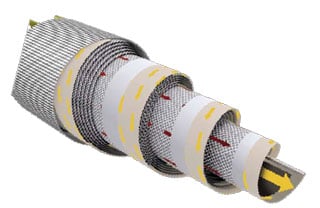
Between each pair of envelopes there is a spacer which creates the feed channel, allowing the feed to flow across the length of the spiral membrane, whilst the permeate passing through the membrane into the membrane envelope flows in a spiral pattern to the permeate collection tube.
Red = Feed/retentate.
Yellow = Permeate.
The flow pattern in a nanofiltration spiral membrane where red represents the feed/retentate and yellow the permeate.

